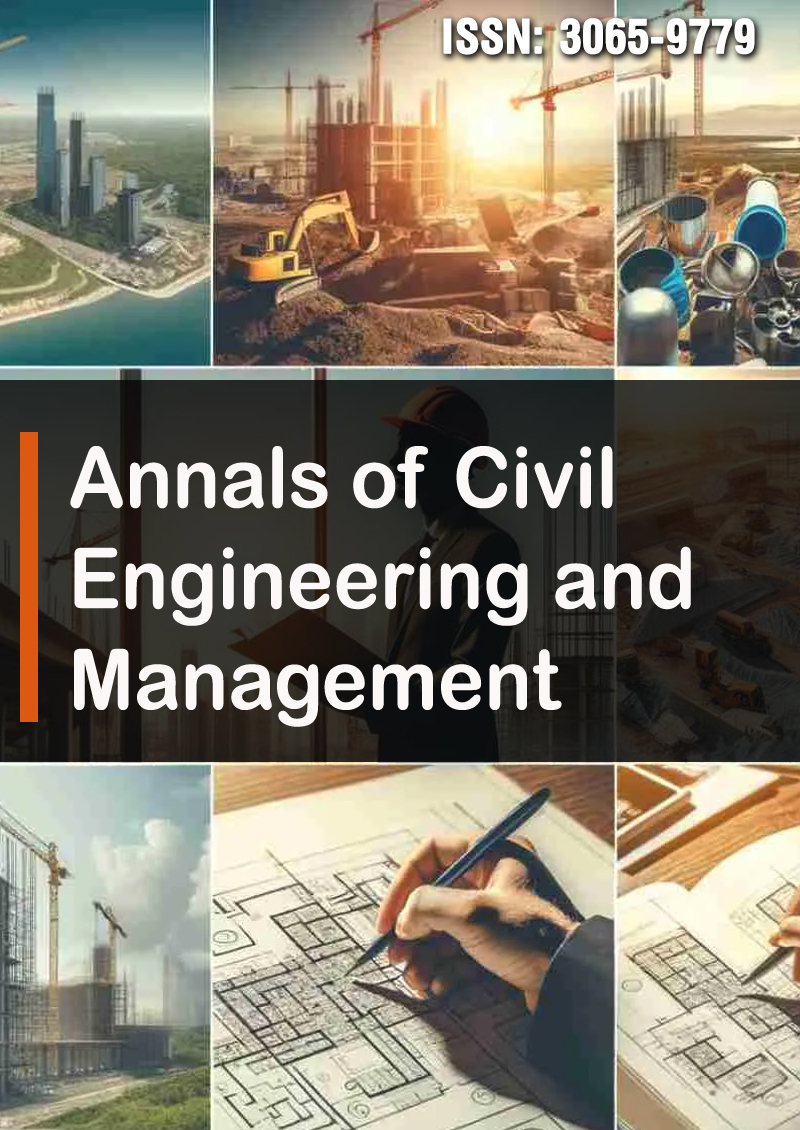Advanced Nanostructured Materials for Civil Engineering Applications: Enhancing Infrastructure Durability through ZnO-Based Protective Systems
Abstract
Arash Vaghef-Koodehi
Infrastructure protection against electrical surges and environmental hazards remains a critical challenge in modern civil engineering. This study develops and characterizes advanced nanostructured ZnO-based protective systems specifically designed for civil engineering applications. We employed Spark Plasma Sintering (SPS) to fabricate multi-component ZnO protective materials, demonstrating superior performance compared to conventional processing methods. These materials exhibit exceptional electrical properties, including high nonlinearity coefficients (α > 50), minimal leakage currents (<5 μA/cm2), and remarkable energy absorption capabilities (>370 J/cm3), making them ideal for protecting civil infrastructure against electrical surges and lightning strikes. Microstructural characterization revealed that SPS-processed materials feature uniform nanostructures with controlled grain sizes (0.3-1.2 μm) and optimized grain boundary characteristics. High-resolution electron microscopy confirmed thinner, more uniform bismuth-rich grain boundary layers (3-8 nm) in SPS samples compared to conventional specimens (10-25 nm). The established processing- structure-property relationships provide civil engineers with a robust framework for implementing next-generation protective systems in critical infrastructure, including bridges, high-rise buildings, and power distribution networks. Our findings demonstrate that precise nanoscale engineering enables the development of protective materials with exceptional performance metrics that significantly exceed current industry standards, potentially extending infrastructure service life and reducing maintenance costs.



